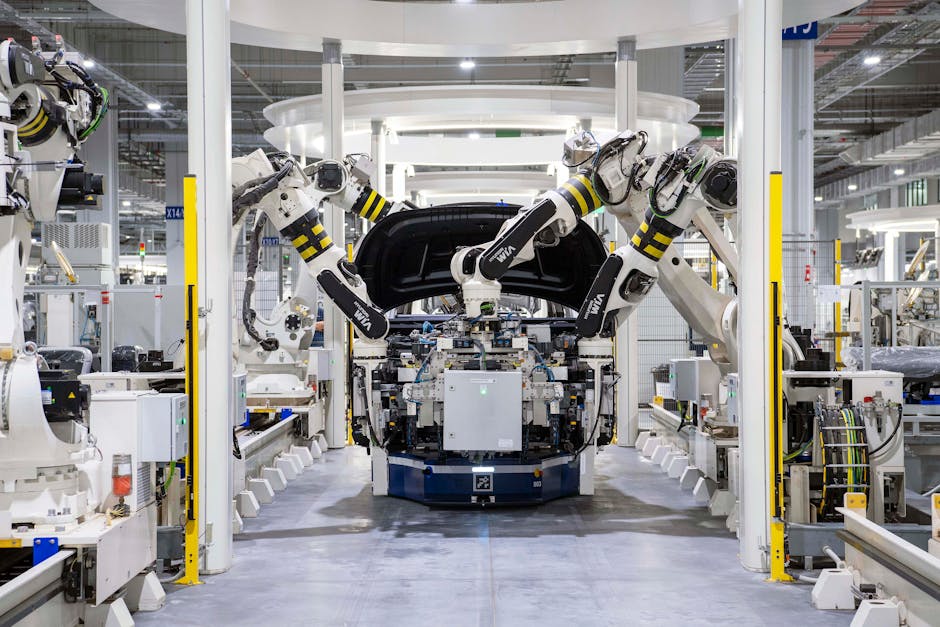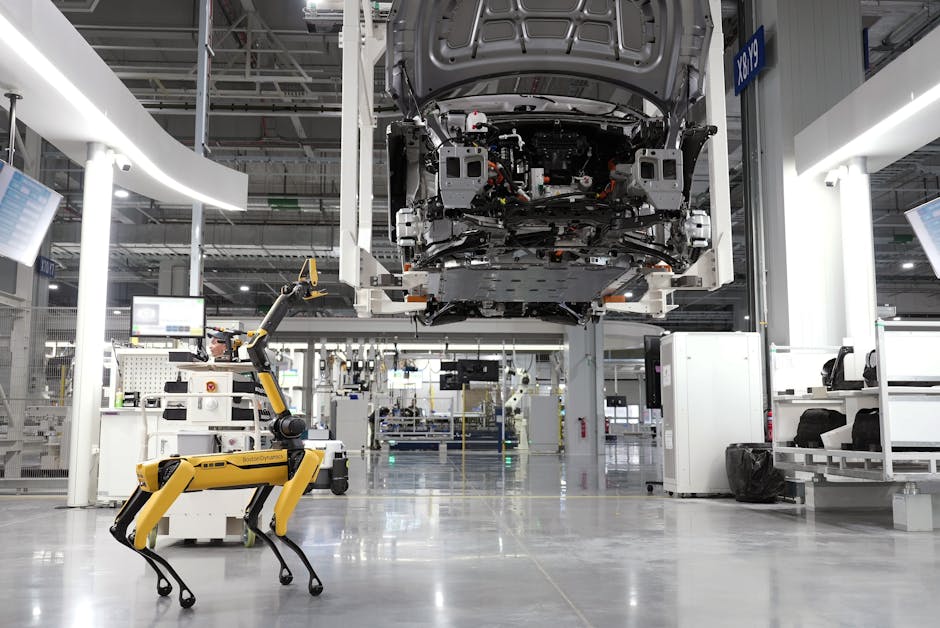Streamlining Processes with Smart Automation
Did you know that businesses can save up to 30% in costs by automating their processes? That’s a significant amount! In todays fast-paced world, smart automation can help businesses work efficiently, reduce errors, and enhance productivity. But what exactly does this mean, and how can it benefit you?
What is Smart Automation?

Smart automation involves using technology to perform tasks that usually require human effort. Think about it like this: instead of manually entering data into a system, a software program does it for you. This is not just about robots taking over jobs; it’s about enhancing human work with technology.
Automation can range from simple tasks, like sending out emails, to complex processes, like managing inventory. The goal is to make work easier and faster.
Why Should You Care?

You might wonder, “How does this apply to my daily life or business?” Here are some key reasons to consider smart automation:
- Save Time: Automating repetitive tasks frees up your time for more important work.
- Reduce Errors: Machines don’t get tired. They can handle tasks with fewer mistakes.
- Boost Productivity: With automation, you can do more in less time.
- Enhance Customer Experience: Quick responses and efficient service lead to happier customers.
How Does Smart Automation Work?

Smart automation combines various technologies. Here are some tools commonly used:
- Robotic Process Automation (RPA): This software automates rule-based tasks. For example, if you have to input the same customer information into multiple systems, RPA can do it all at once.
- Artificial Intelligence (AI): AI learns from data to make decisions. Virtual assistants like Siri or Alexa help you manage your schedule by understanding your voice commands.
- Machine Learning: This allows systems to improve over time. For instance, recommendation systems on shopping websites suggest items based on your past behavior.
How Can You Start Automating Your Processes?

Getting started with smart automation doesnt have to be overwhelming. Here are some steps to guide you:
- Identify Repetitive Tasks: Look at your daily work. What tasks do you do over and over? Make a list.
- Choose the Right Tools: Research software that fits your needs. Consider factors like ease of use and integration with your current systems.
- Test the Automation: Start small. Automate one task and see how it goes. Make adjustments as needed.
- Train Your Team: Ensure everyone knows how to use the new tools. Training sessions can help with this.
What Are Some Real-World Examples?
Lets look at how companies use smart automation:
- Email Marketing: Businesses use software to send personalized emails to customers automatically. This keeps customers engaged without extra effort.
- Inventory Management: Retailers automate stock tracking. When items run low, the system can reorder automatically.
- Customer Service: Chatbots handle common questions, allowing human agents to focus on complex issues. This speeds up response times.
What Common Misconceptions Are There?
Many people worry that automation will replace jobs. However, the reality is different. Here are some clarifying points:
- Not Job Loss, but Job Change: Automation often takes over repetitive tasks, freeing employees for higher-level work.
- Enhancement, Not Replacement: Smart automation supports human effort, making work more efficient rather than eliminating it.
How Can Smart Automation Help Small Businesses?
Small businesses can benefit greatly from smart automation. Heres how:
- Cost-Effective: Automation tools are often affordable. They can save considerable time and money.
- Focus on Growth: With less time spent on daily tasks, small business owners can focus on growing their business.
- Compete with Larger Companies: Small businesses can use automation to offer the same level of service as bigger players.
What Are Some Tools for Smart Automation?
There are plenty of tools available for various needs:
- Zapier: Connects different apps and automates workflows.
- IFTTT (If This Then That): Lets you create simple automation tasks between apps and devices.
- HubSpot: A powerful tool for automating marketing and sales processes.
What Challenges Might You Face?
While automation brings many benefits, there are challenges:
- Initial Costs: Investing in automation software can be expensive upfront.
- Learning Curve: Your team might need time to adapt to new systems.
- Maintenance: Systems require regular updates and monitoring.
How Can You Overcome These Challenges?
Facing challenges head-on is key to successful automation. Here are some tips:
- Start Small: don’t try to automate everything at once. Begin with one area.
- Invest in Training: Offer ongoing training to your team to build confidence in using new tools.
- Stay Updated: Keep up with the latest in technology. This helps you make informed decisions.
Conclusion: Take Action Today!
Smart automation is a powerful way to streamline your processes. By embracing technology, you can increase efficiency, reduce errors, and enhance customer satisfaction.
Start by identifying tasks to automate, choose the right tools, and invest in training. Remember, small steps lead to big changes. Are you ready to transform your workflow?
For further reading on automation benefits, check out this article from Forbes.



